I considered posting this to Ask Different but I thought it belonged here due to being mainly focused on code.
I have created a macro on my mac for switching spaces, and since upgrading to Sierra the following AppleScript is no longer working. Does anyone know if something has changed?
tell application "System Events" to key code 124 using control down
and
tell application "System Events" to key code 123 using control down
This is the output when running in terminal (note the ^[[1;5D):
14:16 isaac@Isaac ~ $ osascript -e 'tell application "System Events" to key code 123 using control down'
^[[1;5D14:18 isaac@Isaac ~ $ ;5D
And when running via AppleScript Editor, nothing happens.
